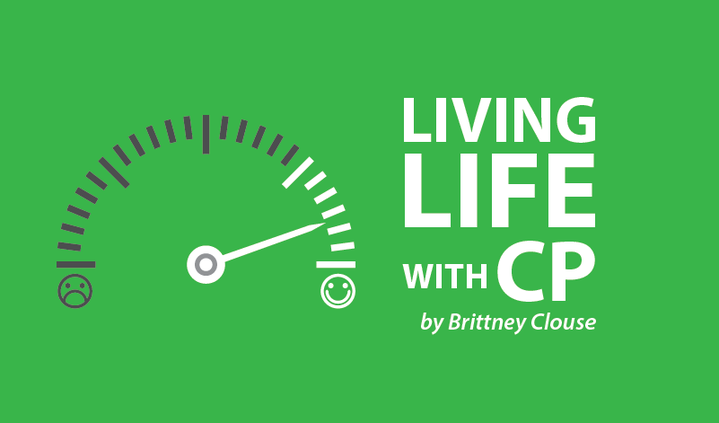We heard so many conflicting ideas about how to manage our to-do lists while we were in elementary school. “Do the hardest thing first.” “Do the thing you don’t want to do first if it takes less than five minutes to do — don’t put it off.” “Never put off tomorrow what you can get done today.”
We’ve all heard that last one, right? But kids who get sick often or who have disabilities are never specifically included in these pep talks despite commonly having to leave school for therapy or doctor’s appointments.
Are people who suffer from chronic fatigue or pain mentioned in adult pep talks? How do they navigate all the demands of life every day? Naturally, we all have good days and bad days to account for.
I want to talk about something I have been doing consciously lately, that I think we all do, often without knowing it: managing my time based on my energy or “spoon level.” The “Spoon Theory” is a visualization tool for imagining energy expenditure for those who are chronically fatigued or in pain. A person starts with a bundle of spoons and loses spoons each time they perform an activity that burns energy. They must conserve energy to ensure they have enough spoons to complete all of their daily tasks. Someone with chronic fatigue or pain starts with a smaller bundle of spoons than healthy peers, and they spend more spoons while performing tasks.
Lately, I’ve struggled with the ability to take showers because of nerve pain. I can’t stand for long periods of time — this is an activity that uses quite a few spoons for me. So, I’ve been showering first thing in the morning when I’m not as stiff and can stand longer without pain. Sometimes, showering is the last thing I do at night after I’m fairly relaxed if I need to save energy for the next day or anticipate having more pain. I do know a shower chair would really help with this, so I will be getting one.
I’ve also found that I can do many things while sitting down. Confession: I vacuum from a wheeled desk chair on my hard days. The vacuum I have has a detachable hand vacuum for my worst days. I don’t really need to stand up to brush my teeth or hair either. Sit down and save that energy!
Block life tasks together instead of multitasking — this is a lifesaver! For me, if I decide I’m going to clean the bathroom, I’ll first focus on the sink area before rounding up loose laundry. Then I take a five- to 10-minute break before rounding up towels. Then I clean the toilet. Move on that way until you get all things done. You’ll get much more done if you don’t have to switch between cleaning the bathroom and writing your grocery list. Multitasking doesn’t work, so take on one thing at a time.
Take lots of breaks! I use the Pomodoro Technique for time management: I take a five-minute break every 25 minutes, and a 20-minute break every two hours. Find what works for you. But the most important piece of advice that no one ever gives you when they tell you to tackle your to-do list? Listen to your body.
Do what your body needs you to do. Walk away during that five-minute break, get some water, stretch. And remember, it doesn’t all need to be done in one day.
Hang in there. You can do it!
***
Note: Cerebral Palsy News Today is strictly a news and information website about the disease. It does not provide medical advice, diagnosis, or treatment. This content is not intended to be a substitute for professional medical advice, diagnosis, or treatment. Always seek the advice of your physician or other qualified health provider with any questions you may have regarding a medical condition. Never disregard professional medical advice or delay in seeking it because of something you have read on this website. The opinions expressed in this column are not those of Cerebral Palsy News Today or its parent company, BioNews Services, and are intended to spark discussion about issues pertaining to cerebral palsy.


